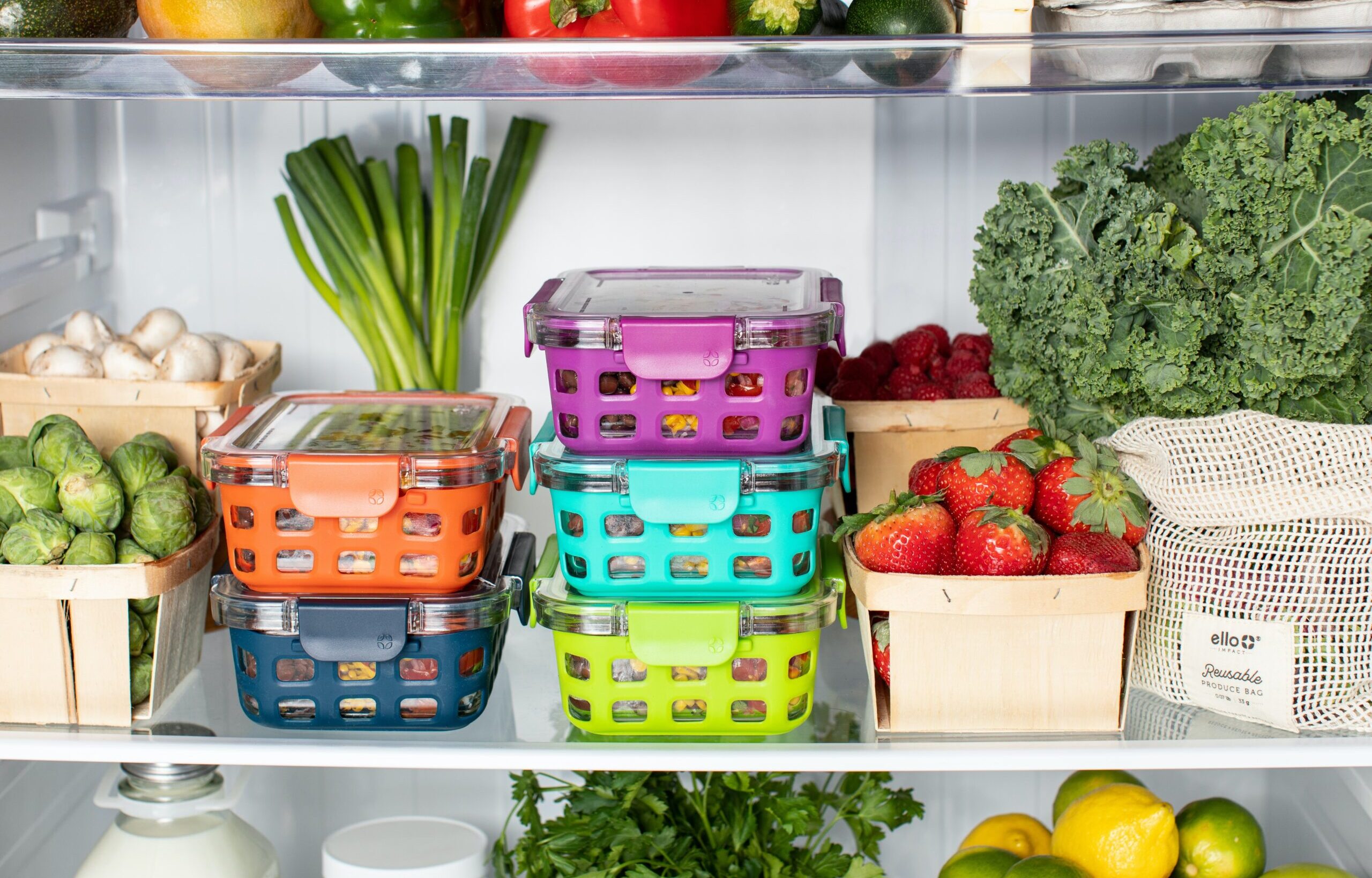Our News
Top Tips for Tackling Food Waste
March 2023 by Nicole Leslie Charria

This week marks Food Waste Action Week in the UK; the Waste and Resources Action Programme’s (WRAP) third annual campaign to help people reduce food waste at home. WRAP exist to transform the food system, including reducing food loss and waste. Globally, around 25-30 per cent of all food produced is lost or wasted. Most of this ends up in landfills, where it releases methane, a potent greenhouse gas, when it breaks down.
This year’s theme is ‘Win, Don’t Bin’, so we spoke to the team at The Carbon Literacy Project to share the easy ways we’re committing to reducing our food waste, both in the office and at home (and saving some pennies at the same time).
On the go
- Packed lunches instead of a meal deal. It’s cheaper, often nicer, and you aren’t limited to only one snack! Plus, you can control how much mayonnaise goes on your sandwich! Pre-chopped fruit pots waste so much in the prepping process, and you don’t get the joys of munching as you chop it up that you can if you do it yourself!
At home
- Home-made breadcrumbs from stale bread. If you really can’t bring yourself to eat the ends of the bread loaf, blitz them up and store them in an airtight container. These can be used to top up shop-bought breadcrumbs and are perfect for adding to meatballs or topping a mac and cheese. The staler, the better (just remember to break it up the bread before adding it to your food processor).
- Regrow your vegetables by placing them in shallow containers with water. Make sure to change the water every couple of days. This can be done with lettuce, spring onions, some herbs, celery and more!
- Store your food properly. Salad leaves can be placed in a container with a paper towel to absorb any moisture. Carrots and avocados can be put in airtight containers covered in water.
- Vegetable peelings and waste can be turned into all sorts of delicacies! Skin can be left on potatoes, apples and carrots, for starters—just give them a good wash before use. But if you really feel the need to peel, potato and carrot skins can be lightly tossed in oil and seasoned, baked and turned into crisps. Or, frozen scraps (think onion skins, tops of carrots, celery and mushrooms, for most flavour) can be boiled down into a vegetable stock. Use within three to five days, keep refrigerated, and you could even add meat bones to the mix. Delicious, nutritious and way more satisfying than shop-bought cubes.
- Freeze, freeze, freeze! Many foodstuffs are okay to freeze, and as long as they are defrosted properly, they will keep for much longer than in your fridge. Made one too many portions, and can’t face eating curry for yet another meal? Freeze it. Herbs on the edge of wilting? Chop and pop them in ice cube trays covered in oil, or leave them in the bag, and stash in the freezer.
Compl-eat it
- Meal prepping is also a great idea, making portioning much easier. Plus, you can bulk out recipes with extra vegetables that need using up. Following a strict list when you go shopping will quite literally stop you from over-purchasing. Our team prefers a Sunday afternoon meal prep set-up, and loves packing up weekday leftovers. Bonus if the office has a microwave to heat it up (ours does!).
- Track and organise what’s in your fridge and pantry. Plan your meals around ingredients if you can only get them in big portions. Create a shopping list, and stick to it. The NoWaste, Nosh and Kitche apps can help you here if you need a digital hand. NoWaste lets you know what needs to be used up first and what you’ve already got, while Nosh will suggest recipes to use up what’s at home. A top tip? Don’t do a food shop when hungry.
Takeaways
- Too Good to Go lets you buy Magic Bags of food that hasn’t sold in time from restaurants, shops, cafes and more, at heavily reduced prices. Just plug your postcode in and search around for your favourite eateries.
- Olio works on food sharing, helping you to give away foodstuffs to your neighbours for free. If you’ve harvested too many apples to eat yourself, have a nosey and see if anyone near you could do with a handful. It’s also useful for non-food items, like household goods or furniture.